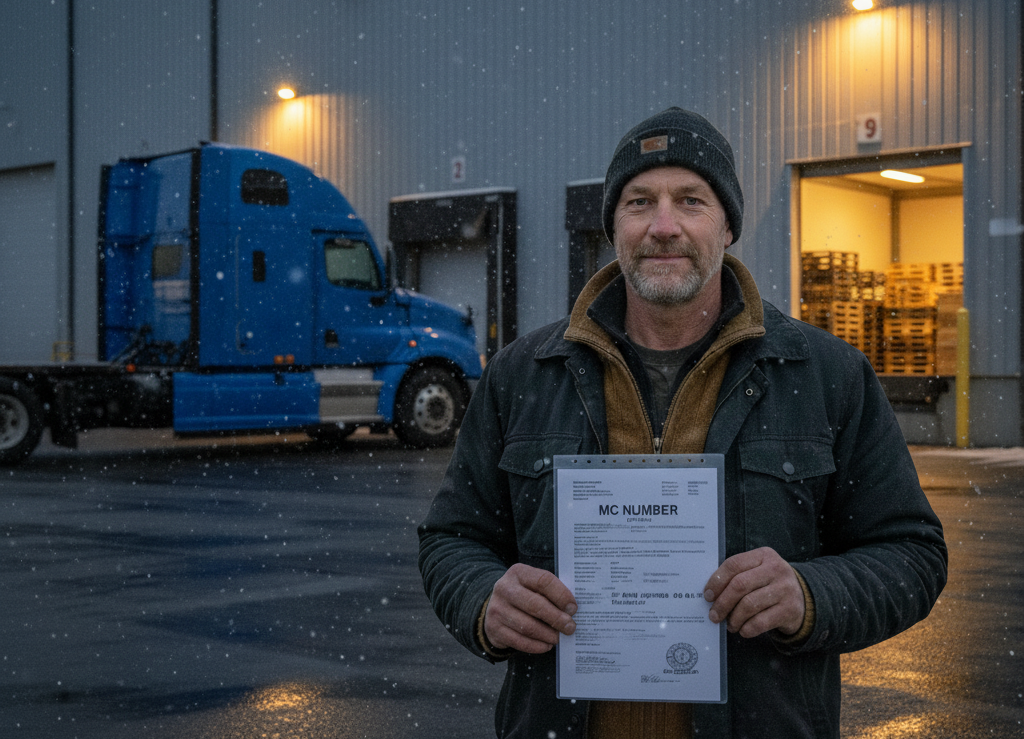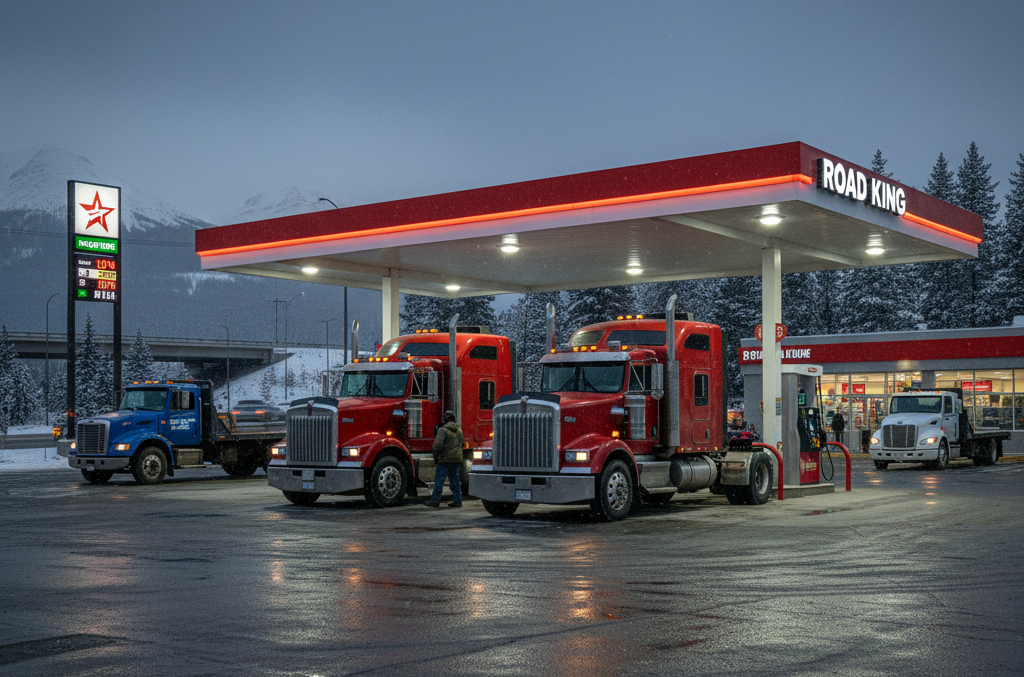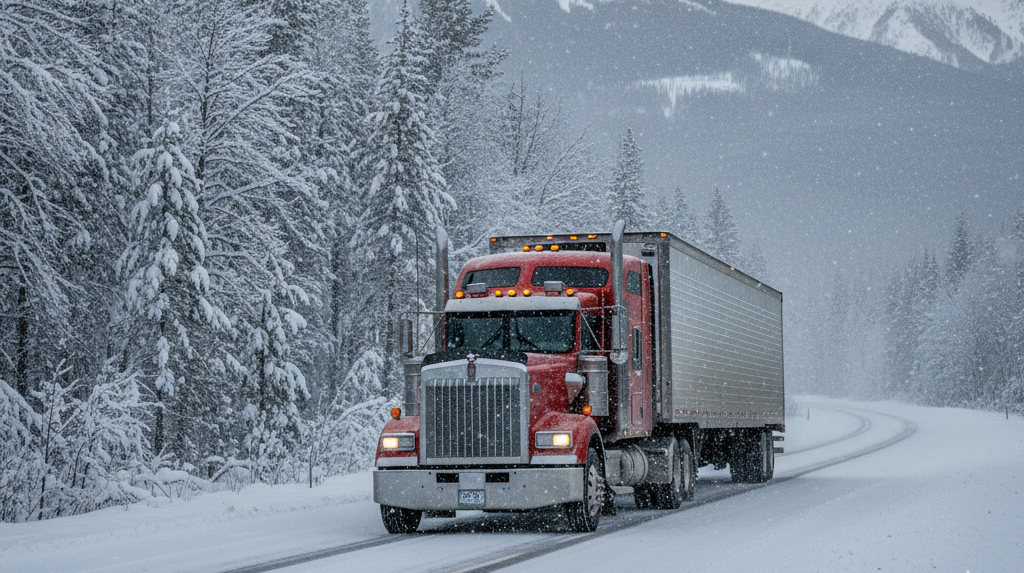What Does OTR Mean in Trucking?
OTR meaning in trucking refers to over the road or long-distance driving, often across several states or nationwide. OTR truck drivers transport loads over long distances, being several days or weeks on the road. This type of shipment is critical in moving goods across vast regions, ensuring product supply to distribution centers, stores, or consumers.
Unlike local or regional trucking, OTR delivery involves more extensive distance and covers a larger area. This is demanding and requires the ability to adapt to various road conditions and regulations of different jurisdictions. OTR trucking is considered the backbone of the US logistics system.
In addition to the difficult and long routes, OTR truck drivers must also manage logistical challenges, such as tight delivery and pickup schedules, paperwork, and adhering to the hours of service (HOS) regulations set by the Federal Motor Carrier Safety Administration (FMCSA).
These regulations set how long drivers can be on the road and when they must take breaks. For many OTR drivers, this balance can be one of the most challenging aspects.
OTR vs. Local vs. Regional Trucking
Comparing OTR trucking with regional and local trucking can help better understand it. Each has its unique characteristics and requirements. Knowing the difference between OTR and other operation types allows drivers to choose the most suitable type for their preferences, lifestyle, and career goals.
| Category | Over the road Trucking | Local trucking | Regional Trucking |
|---|---|---|---|
| Routes | Extensive distances, across state lines or long-haul | Short routes within local roads | Moderate distances within a specific region or neighboring states |
| Time spent on the road | Extended periods, often 2-4 weeks | Drivers return home daily | Drivers are out for several days to a week |
| Compensation | Often paid per mile with possible bonuses for long hauls | Paid hourly or by delivery | Often, a mix of per-mile or per-tip pay |
| Freight types | A wide variety, including general, refrigerated, and hazardous items | Usually, local driving, such as groceries or retail items | Regional drivers often haul consumer goods and manufacturing supplies |
| Flexibility | Less flexible due to long routes and strict deadlines | High flexibility with consistent schedules | Moderate flexibility with an opportunity to plan weekly trips |
| Experience requirements | Requires high experience level and skills amid long-haul routes | Suitable for new drivers | Requires some experience but less than OTR |
The main difference of OTR trucking is that it’s seen as more versatile and demanding compared to regional and local routes. OTR drivers must be prepared for life on the road, as they will spend long periods away from home.
The Role of OTR Truckers in the Supply Chain
OTR truck drivers have a pivotal role in the national and global supply chain. They ensure loads are transported efficiently and in time over long distances. Without over the road trucking, the flow of a range of products, such as food, fresh vegetables, electronics, clothing, and medical supplies, would slow down and disrupt the flow of goods.
The modern economy relies on the timely and efficient movement of loads, making drivers the heart of this process. They provide a critical link between suppliers, manufacturers, and markets. The constant movement of loads allows businesses to maintain inventory levels, meet consumer demands, and support economic growth.
In addition, over the road drivers are often involved in international trade. This requires compliance with additional regulations, customs procedures, and documentation.
Cost of Operating as an OTR Truck Driver
Being an OTR truck driver can be a rewarding career. At the same time, it often requires significant operation costs, especially for owner-operators. The expenses for over the road trucking do not differ much from for other operations. However, they can be bigger amid the need to cover longer distances.
Fuel costs. This is one of the largest expenses for OTR drivers. Fuel consumption is high amid long routes and fluctuating processes. In addition, fuel costs can vary depending on location, market conditions, and global oil prices. Owner-operators and company drivers can reduce these costs by implementing fuel-saving technologies and diving techniques.
Truck maintenance. Regular maintenance and repairs are necessary to keep vehicles in good condition and prevent breakdowns on the road. This includes oil changes, tire rotations, brake checks, and other routine services. Unexpected repairs can be costly, especially if they occur on the road.
Insurance. Commercial truck insurance is also a significant expense. Truck drivers need comprehensive coverage for liability, cargo, and physical damage. Rates can vary depending on the driver’s experience, the type of cargo transported, and the truck’s value. Many drivers may also need specialized coverage for specific freight types, such as hazardous materials.
Permits. OTR drivers need permits for legal operations. For instance, drivers must register in the International Fuel Tax Agreement (IFTA) and International Registration Plan (IRP). They allow drivers to operate in multiple states and ensure the legal allocation of fuel taxes to each jurisdiction.
Lodging and food. While some drivers sleep in their sleeper cabs, others may prefer to stay in motels for added comfort. If you decide not to sleep in the truck, you may face increased accommodation costs. Meals on the road can also be a significant expense. Still, it can be reduced by preparing food at home.
Salary and Compensation for OTR Drivers
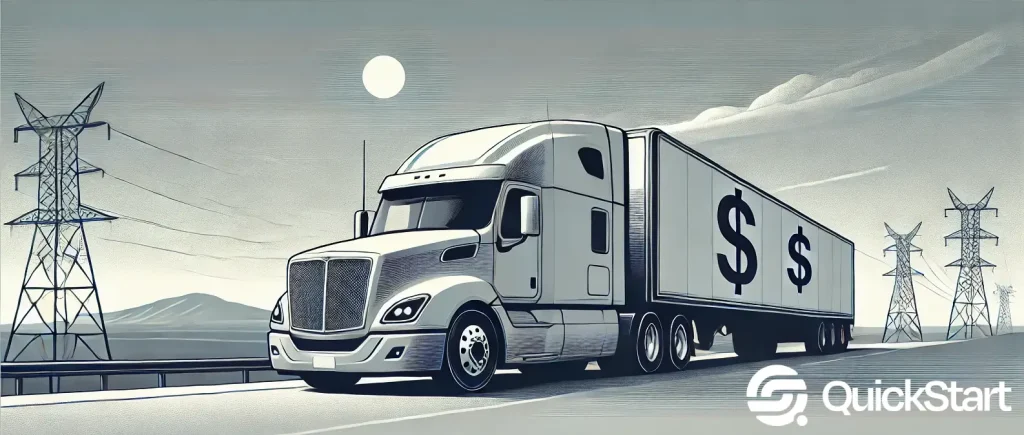
The compensation of an OTR driver depends on several factors, such as experience, employer, and the type of cargo. On average, they obtain higher salary than regional and local drivers due to demanding jobs and the long driving hours.
Salaries and compensation packages can vary widely across the sector. The average salary is $93,046 per year, according to Indeed. Still, the rate can reach $188,389.
In addition to base pay, some trucking companies can offer bonuses and incentives to attract and retain truck drivers. This can include bonuses for new hires, safety bonuses for maintaining accident-free records, and performance bonuses.
Requirements to Become an OTR Truck Driver
Becoming an OTR truck driver requires several qualifications, certifications, and skills. The main requirements for entering the field include:
Commercial Driver’s License (CDL). Most of the trucking jobs, including those of an OTR truck driver, require obtaining a CDL. For this, truckers must pass both a written exam and a road test. Depending on the type of truck and freight being hauled, drivers may need additional endorsements, such as hazardous materials or tanker trucks.
Clean driving record. This is crucial for getting a job in a reputable company. Companies may request a Motor Vehicle Report (MVR) to ensure a potential employee doesn’t have a history of traffic violations or accidents. A clean driving record can also reduce insurance costs.
Physical health. OTR drivers are required to undergo a Department of Transportation (DOT) physical exam to verify their fitness for long time on the road. This includes tests for vision, hearing, and overall health.
Experience. Some companies may require drivers with a certain experience for OTR truck jobs. Often, drivers start out on regional and local routes before moving into over the road trucking. This allows them to gain the necessary experience and confidence for a more challenging job.
Challenges of OTR Trucking
OTR driving can be a rewarding career even, despite its challenges. They require developing coping mechanisms to manage the difficulties of life on the road, such as time away from close ones or long hours of driving.
The difficulties of this job can be the following:
Time away from home. Over the road trucking often involves extended time away from your family and friends, requiring being on the road for weeks or even months. Thus, maintaining a work-life balance can be challenging.
Fatigue. Long hours of driving can lead to driver fatigue. The FMCSA’s hours of service regulations can add challenges, requiring the maintenance of a balance and strict schedules for regular breaks and enough sleeping time.
Health issues. The sedentary nature of driving with the lack of access to healthy food on the road can lead to health problems, including obesity, heart disease, or diabetes. Some drivers combat this by bringing their own food, taking short walks or exercising during breaks, and investing in equipment to improve comfort.
Unpredictable schedules. Unlike local drivers, OTR drivers must often deal with unpredictable routes, delivery times, and weather conditions. Traffic jams, road closures, and equipment breakdowns can lead to delays, and drivers must be prepared to adapt to changing circumstances.
Opportunities for New OTR Drivers
The demand for OTR truck drivers remains strong, creating a range of opportunities for those entering the field. As the logistics industry continues to grow, companies are in constant need of reliable drivers.
Some of the main opportunities for new OTR drivers include:
Increased demand. The driver shortage creates a high demand for qualified drivers. Some companies are actively recruiting new employees, offering competitive packages, bonuses, and comprehensive training programs.
Diverse routes. OTR driving offers the possibility to explore a wide range of routes, from long distance travel to regional deliveries. Drivers may travel through scenic landscapes or remote areas, having a unique and changing work environment. Thus, over the road trucking can be an exciting career for those with a sense of adventure.
Specialized freight. Truck drivers can often be involved in specialized sectors, such as refrigerated trucking, flatbed hauling, or hazardous materials transportation. These markets offer higher pay and additional job security amid more demanding work.
Company benefits. Many companies offer enhanced benefits packages for OTR drivers. This can include health insurance, retirement plans, paid time off, and performance bonuses. In addition, some employers may provide training courses for CDL drivers.
Future of OTR Trucking
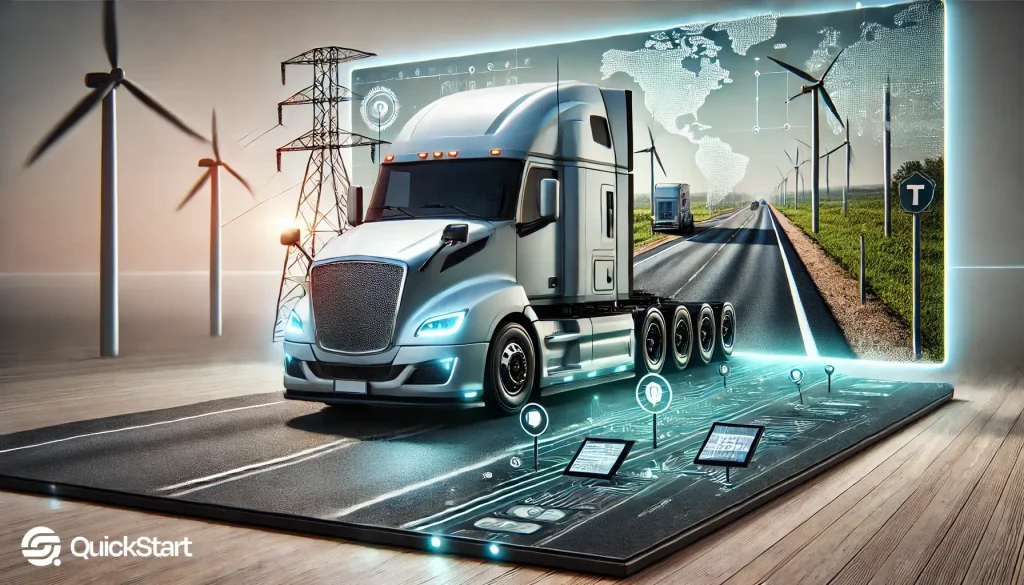
The future of OTR trucking is expected to be shaped by advances in technology, shifting consumer demands, and changing federal regulations. For instance, the development of automation and autonomous trucks can improve safety, reduce driver fatigue, and increase efficiency. While these advancements are still developing, some vehicles can already assist drivers with tasks such as lane-keeping, braking, and route optimization.
Environmental regulations also play a great role in the logistics sector, especially over the road trucking. With rising concerns about the environment, the sector faces increased pressure to reduce emissions and adopt sustainable practices. Drivers and companies must meet stricter emissions standards, adopting fuel-efficient technologies.
The growth of the e-commerce sector will have a great influence on OTR trucking as well. This increases the demand for trucking services, especially for long haul trucking. This trend is expected to create new job opportunities and high demand for drivers with specialized skills and reliable experience.
Conclusion
Over the road trucking is a dynamic and essential part of the logistics industry. This is considered as the backbone of the global trade. While this job involves a range of challenges, including a long time on the road and physical demands, it also offers numerous benefits for growth and financial rewards.
If you are considering a career in this sector, you should understand the demands, requirements, and the difference between OTR and other trucking operations. With thorough preparation, reliable CDL, constant compliance, and readiness to face challenges, you can succeed in your OTR driver career.


